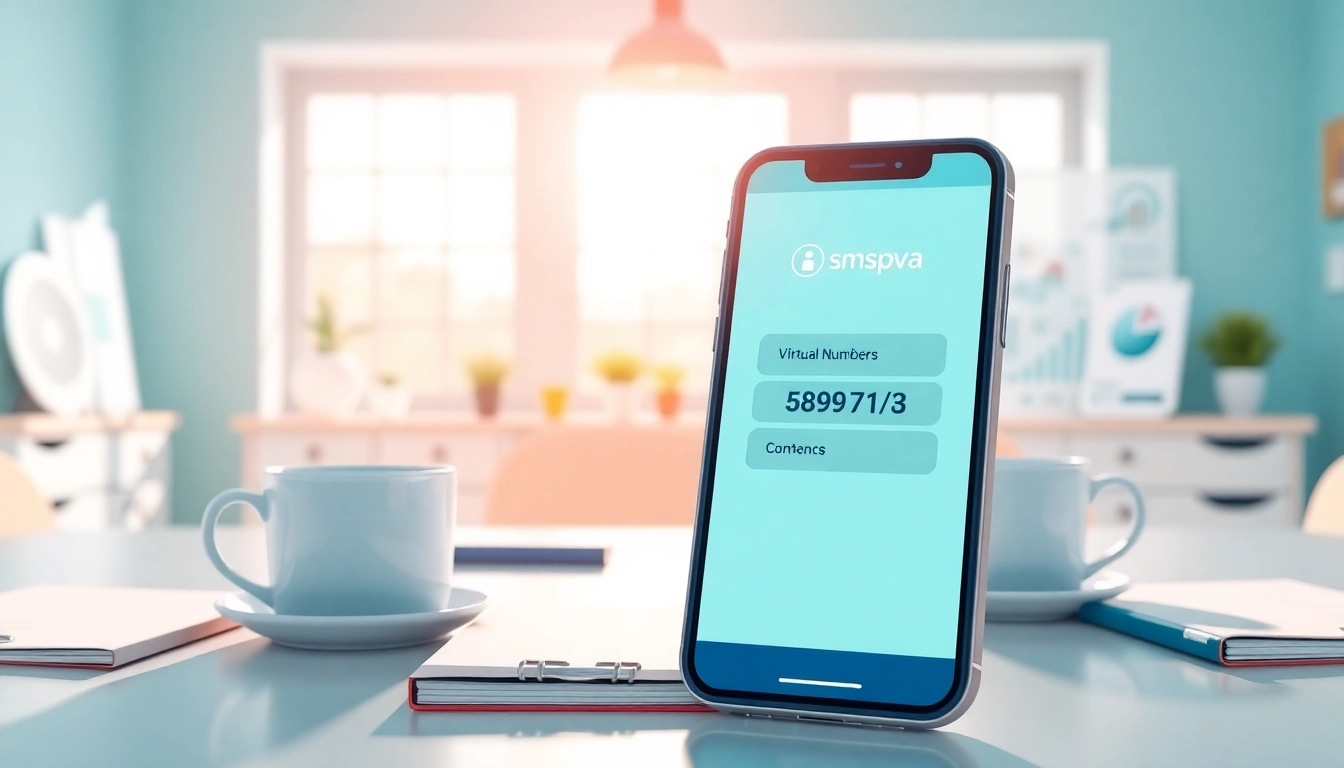Understanding AI Checkers
What is an AI Checker?
An AI checker is a sophisticated tool designed to analyze text and identify whether it is generated by artificial intelligence or created by a human. With the rapid advancements in AI technology, including language models like OpenAI’s ChatGPT, it has become increasingly important to discern between human and machine-generated content. AI checkers function by employing various algorithms and models that assess linguistic patterns, coherence, and stylistic elements unique to AI writing.
How AI Checkers Work
AI checkers utilize a combination of machine learning techniques, natural language processing (NLP), and specific algorithms to evaluate text for characteristics indicative of AI authorship. The process generally involves several stages:
- Text Analysis: The tool examines the structure and components of the text, such as syntax, grammar, and vocabulary.
- Pattern Recognition: Advanced AI checkers look for patterns common in AI-generated text, such as repetitive phrases, unnatural fluency, or overly complex sentence structures.
- Origin Detection: AI checkers can sometimes identify the specific AI model that generated a piece of text, based on unique signatures left by different models.
These analyses often take place within seconds, providing users with immediate feedback. Many tools also offer a confidence score, indicating how likely it is that the text was generated by AI.
Benefits of Using AI Checkers
Employing ai checkers presents several advantages across various domains:
- Quality Assurance: For educators, it ensures the originality of student submissions.
- Integrity in Content Creation: Businesses can maintain authenticity and credibility by ensuring the content is human-generated.
- Research Validity: In academic contexts, it aids researchers in confirming the originality of source material.
- Content Moderation: AI checkers help platforms regulate user-generated content to prevent misuse.
Popular AI Checker Tools
Comparison of Top AI Checkers
In the burgeoning market of AI detectors, several tools have emerged as frontrunners. Here’s a comparison of some of the most notable ones:
| Tool | Accuracy Rate | Features | Pricing |
|---|---|---|---|
| ZeroGPT | High | Multi-stage detection, plagiarism check | Free with premium options |
| QuillBot AI Detector | Moderate | Free detection for numerous AI models | Free |
| Grammarly AI Detector | High | User-friendly interface, instant results | Free basic access, premium subscription available |
| GPTZero | Very High | Advanced AI detection for educational use | Free with limited features |
| Undetectable AI Checker | High | Multi-tool platform, fast results | Free trial with premium options |
User Experiences with AI Checkers
User feedback on AI checkers varies widely, influenced by specific needs and use cases. For instance, educators might praise GPTZero for its robust detection capabilities, while content creators may favor Grammarly for its seamless integration into writing workflows. Case studies also highlight how businesses have leveraged AI checkers to ensure the originality of content before publication, leading to improved credibility and audience trust.
Choosing the Right AI Checker for Your Needs
When selecting an AI checker, consider the following factors:
- Accuracy: Look for tools with proven accuracy rates in detecting AI-generated content.
- Ease of Use: The interface should be user-friendly, allowing quick and efficient checks.
- Cost: Analyze the pricing structure against your budget and determine whether a free tool suffices or if premium features are necessary.
- Specific Features: Depending on your needs, you may require tools that offer additional functionalities, such as plagiarism detection or integration with other writing tools.
Implementing AI Checkers in Various Fields
Use Cases in Education
In educational settings, AI checkers play a crucial role in maintaining academic integrity. Schools and universities can utilize AI checkers to verify student essays and papers, ensuring originality and preventing plagiarism. Tools like GPTZero have gained traction among educators, as they provide comprehensive reports highlighting potential AI authorship, thereby fostering genuine learning.
AI Checkers in Content Creation
Content creators, including bloggers and social media marketers, face the challenge of producing original content consistently. AI checkers help in ensuring that their work remains authentic. For instance, when using AI-generated suggestions or drafts, content creators can run their final pieces through AI checkers to confirm that nothing from external sources has been inadvertently included. This proactive approach reinforces the credibility of their brand and adheres to ethical marketing standards.
Benefits for Businesses
For businesses, the implications of using AI checkers extend far beyond mere originality checks. Companies that integrate these tools into their quality assurance processes can protect their reputations and avoid potential legal issues related to copyright infringement. Furthermore, AI checkers provide an additional layer of customer confidence, signaling that the content they consume is produced with care and integrity.
Understanding Limitations and Challenges
Common Misconceptions about AI Checkers
Despite their growing popularity, several misconceptions surrounding AI checkers persist. A prevalent myth is that AI detectors are foolproof; however, no tool can guarantee 100% accuracy. Many AI tools are continuously evolving, and new methods of content generation can occasionally outpace detection technologies. It’s also important to note that while AI checkers can be highly effective, they cannot interpret context or nuance as a human would.
Identifying Limitations of AI Detection
AI detection systems face several limitations:
- False Positives: Occasional misidentification of human-written content as AI-generated is a known issue.
- Updates in AI Models: Regular updates in AI models can render detection algorithms outdated, necessitating continuous development in AI checkers.
- Complexity of Language: Certain stylistic choices or creative expressions may confuse AI checkers, resulting in inaccurate outcomes.
Best Practices for Effective Use
To maximize the effectiveness of AI checkers, users should consider the following best practices:
- Always use AI checkers as a secondary validation tool, supplementing human judgment and expertise.
- Stay informed about advancements in AI technologies and regularly update your tools for optimal performance.
- Understand the limitations of each AI checker you utilize and incorporate feedback from multiple sources for a comprehensive understanding of the text’s origin.
The Future of AI Checkers
Innovations on the Horizon
As technology continues to advance, we can expect iterative improvements in AI checkers. Future developments may include:
- Enhanced Algorithms: More sophisticated algorithms capable of better distinguishing between human and AI-generated content.
- Integration with Other AI Toolkits: A seamless connection with other writing assistance tools and platforms to streamline content creation and validation processes.
- Real-time Detection: AI checkers will increasingly offer real-time feedback during the writing process, allowing users to adjust their text immediately.
Integrating AI Checkers with Other Tools
Future implementations will likely see AI checkers embedded directly into popular writing platforms and content management systems. By merging functionalities, industries can enhance workflow efficiency, enabling users to check for AI generation while drafting content. This integration can provide a more user-centric experience, minimizing the steps needed to ensure text authenticity.
Impact on Digital Content Standards
The rise of AI checkers is poised to redefine content standards across digital platforms. As these tools become more integral to online content creation and dissemination, new guidelines concerning original work will emerge. Companies and creators may start to face more accountability for the AI-sourced content they employ, thereby influencing content strategies and impacting regulatory discussions around digital ethics.



